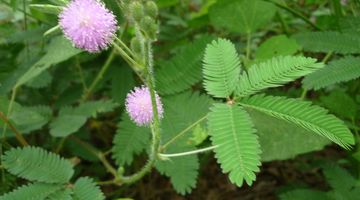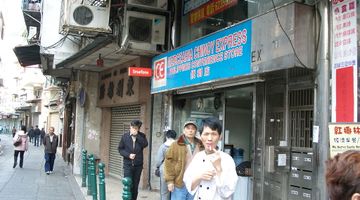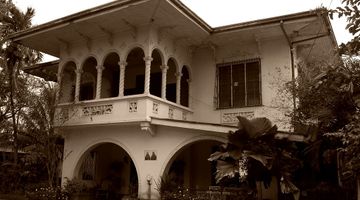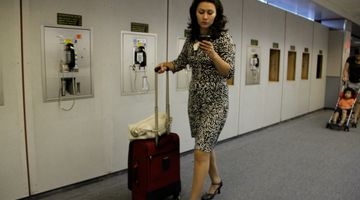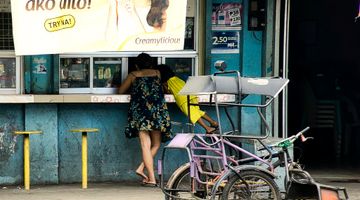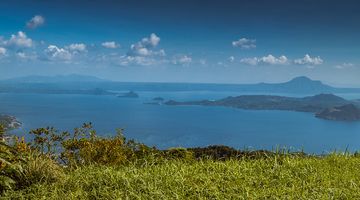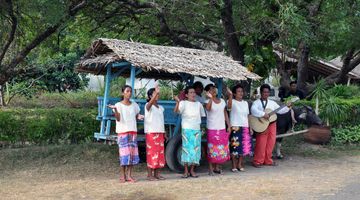Davao Travel Guide
In a nutshell
Davao is a large port town on Mindanao Island famous for its gorgeous landscape in the shadow of the volcanic Mount Apo, and is also known as the fruit basket of the Philippines.
Why go to Davao
If you are a lover of exotic fruits like rambutan, mangosteen, and the king of fruits, the stinky durian, you will love visiting Davao, which is also the home of Philippines President Rodrigo Duterte, who served as the mayor of the city for many years beginning in 1988.
In addition to eating your fill of fruit, you’ll be able to snorkel and scuba dive, jungle trek and bird watch.
So much of the island is untouched forest and there are wonderful hikes that can be done. If you are lucky, you’ll even catch a glimpse of the Philippines eagle, the national bird, and the largest bird of prey in the world, which considers Davao to be home. And, like most of the Philippines, there are interesting historical and religious sites which showcase the multicultural nature of the country. As for shoppers, there are great malls and markets to pick up both souvenir type items, but also clothes, electronics and accessories that you would find in malls in Europe or the United States.
When to go to Davao
Like the rest of the country, the temperature in Davao does not change much throughout the year, fluctuating only about two or three degrees from the average. Even so, January is traditionally the coolest month and May is the hottest month. The rainy weather lasts all year, and the downside of the ability to grow such great produce is that it’s rainy quite often!
Where to stay in Davao
Because Davao has been a tourist destination for both locals and foreigners for so long, there are plenty of good hotel options in Davao.
And, now that some tourists are staying away from Davao due to political issues (more on that subject later) there’s something of a year-long low season for tourism, so many of the hotels, hostels and guesthouses have lower rates than usual. Rooms start from an insanely cheap PHP250.
Another popular option are furnished apartments which are cleaned on a daily basis, so that they’re something like a hotel. Due to the heat and humidity, even the cheap accommodation options have air conditioning. Nicer lodging options will have swimming pools, restaurants and gyms, while most mid-range hotels and guesthouses include Wi-Fi and cable television.
Where to eat in Davao
Davao is best known for its durian, a spiky fruit with a notoriously bad smell. So bad, in fact, that it’s been banned from many public places including airports, hotels and malls. People either love durian or they hate it, though there are plenty of people who come around and acquire a taste for it as well. It’s an interesting mix of tastes: almond custard, garlic and onions. It’s definitely something you have to try there. Durians are used in coffee, shakes and other desserts, which might be a better way to try it if it’s your first time, rather than the trying the fruit by itself. When durian is in season, it’s cheap and plentiful, but in the winter, when it’s out of season, it can be as much as twice as expensive.
There are plenty of traditional Filipino cuisines if you’re interested in trying some of the local delicacies such as lumpia, lapu-lapu and lechon. There are also of course plenty of locations to get international food if you’re craving a taste from home.
How to get around Davao
It’s easy to get around in Davao, with taxes being very cheap. Typically a trip to somewhere in town is around PHP100 and the meter starts at PHP40. Most cabs also print out receipts with a contact number of your cab driver in case you leave something behind in the car.
Jeepneys, or shared taxis, are the cheapest option to get around town, though they will take a bit longer for you to arrive at your site. You can also rent a car or a motorbike from many agencies around town and local stores are generally cheaper than international chains. A few tourist themed places will also rent bikes or if you’re in a well located hotel, you should be able to get around on foot if you’re not trying to get too far. A water taxi also brings tourists around the area with services to neighbouring islands.
How to get to and from Davao
With a large airport, Davao serves as a good jumping-off point for other locations in the Mindanao region.
To arrive in Davao, the most popular option is the Davao International Airport, which has flights daily to Manila and Cebu. More infrequent flights provide service to Cagayan de Oro, Zamboanga, Bacolod, and Iloilo.
Low cost carriers to other locations in the Philippines can be found for PHP 2500 for one-way flights.
If you’re not already in the Philippines, you can fly with SilkAir or Cebu Pacific to and from Singapore, which is the only international destination serviced from the airport. One-way flights from Singapore can be had for PHP5000.
Buses can also get you to and from other destinations on Mindanao Island and this is the cheapest option with tickets going for around PHP300. Walk-on ferries provide service to Talikud Island and Samal Island.
Is Davao a safe place to visit?
While the landscape and natural wonders are beautiful, and most travellers have a great vacation, Davao is something of a more dangerous destination than other beaches in Southeast Asia.
There is a low-grade insurgency in the area that has targeted government and army figures but in no way have citizens and tourists been excluded from what is a very real threat. Multiple bombings have rocked the city in 2013, 2015, 2016 and 2017. A large number of governments including England, China and the United States have warned against all but essential travel to the entire island of Mindanao. Shootings, kidnappings and other terrorist attacks are not at all uncommon and it’s important to check with your government about travel warnings before deciding to travel to the area.



